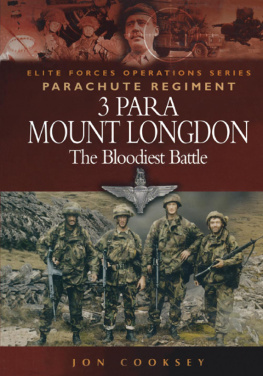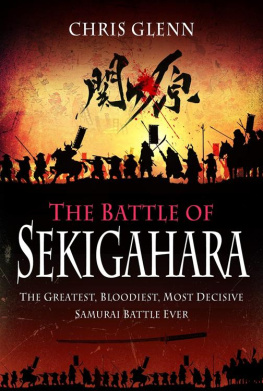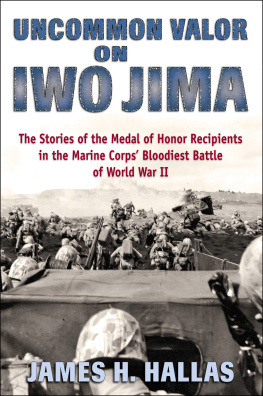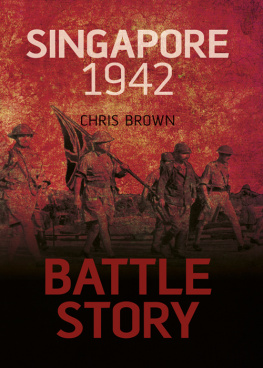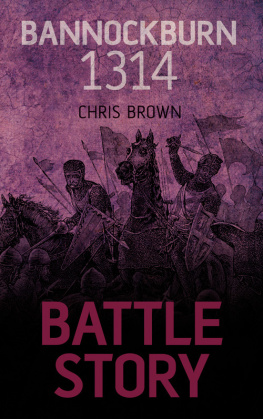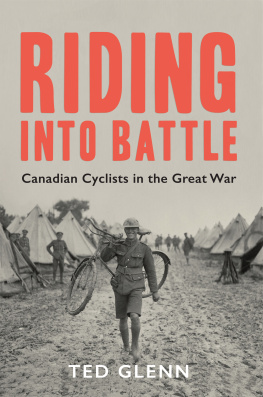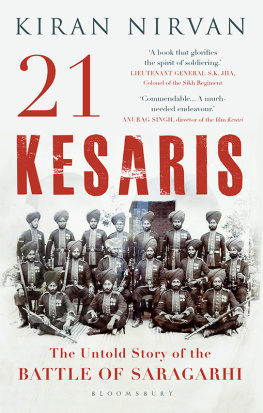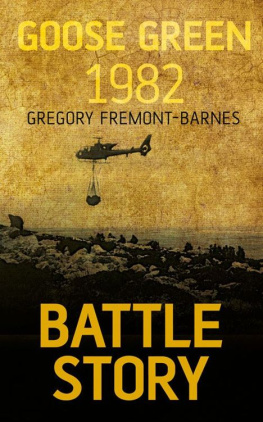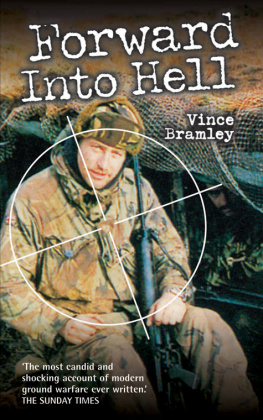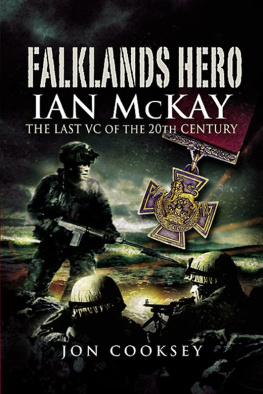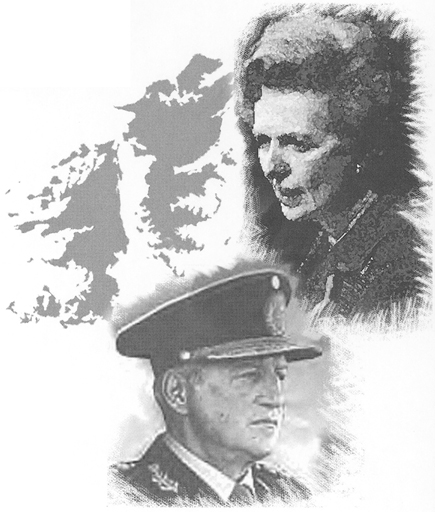First published in Great Britain in 2004 and reprinted in 2009 by
Pen & Sword Military an imprint of
Pen & Sword Books Ltd
47 Church Street
Barnsley
South Yorkshire
S70 2AS
Copyright Jon Cooksey, 2004, 2009
ISBN 1-84415-115-8
The right of Jon Cooksey to be identified as Author of this Work has
been asserted by him in accordance with the Copyright, Designs and Patents
Act 1988.
A CIP catalogue record for this book is
available from the British Library
All rights reserved. No part of this book may be reproduced or transmitted in any
form or by any means, electronic or mechanical including photocopying, recording
or by any information storage and retrieval system, without permission from the
Publisher in writing.
Printed and bound in Thailand by
Kyodo Nation Printing Services Co., Ltd
Pen & Sword Books Ltd incorporates the Imprints of Pen & Sword Aviation, Pen
& Sword Maritime, Pen & Sword Military, Wharncliffe Local History, Pen and
Sword Select, Pen and Sword Military Classics and Leo Cooper.
For a complete list of Pen & Sword titles please contact
PEN & SWORD BOOKS LIMITED
47 Church Street, Barnsley, South Yorkshire, S70 2AS, England
E-mail: enquiries@pen-and-sword.co.uk
Website: www.pen-and-sword.co.uk
I owe a great debt of thanks to the contributors who have all thrown their wholehearted support behind the project. The written and oral accounts of John Hughes-Wilson, Tim Lynch, Terry Peck, Nick Rose and Michael Savage have helped to provide a much greater depth to the final product than I initially envisaged. All of them served during or immediately after the Falklands War and all have been unfailingly helpful and punctual in producing their accounts and accompanying illustrations. I know it was difficult at times for some of them to speak with me and I appreciate their patience during my questioning.
Thanks are also due to Major General Julian Thompson, Commander of 3 Commando Brigade during the war, who, despite a busy schedule, found time to respond promptly and with candour to several requests for information and opinion. I am grateful that he also found time to read a draft on the section on The Preparations for the battle.
Jon Wilkinsons eye for design and his skill in presenting the illustrative material in order to enhance and support the text, never fails to amaze me. I thank him for his talent and his patience.
Finally, my thanks go to my family; my wife Heather and my daughter, Georgia, who, as always, have supported me during those times when, daddy has gone to write about soldiers.
Jon Cooksey
Reading 2004
T hink Falklands, think Parachute Regiment, think Goose Green. The connection is understandable. It is twenty-two years since the 2nd Battalion of the Parachute Regiment fought the Argentine defenders of the Falkland Islands settlements of Darwin and Goose Green and achieved a morale boosting victory at a heavy price - 15 dead, including their Commanding Officer Lieutenant Colonel H Jones, and 32 wounded. Lieutenant Colonel Jones was later awarded a posthumous Victoria Cross for his actions during the battle.
It has been said that the battlefield of Darwin-Goose Green is now the most famous British battlefield of the second half of the twentieth century - most of the more than 40,000 tourists who journey to the islands each year visit it - and that the battle itself, the first set-piece battle of the Falklands war, is the most studied and analyzed battalion sized action in military history. This fact is undeniable as is its significance. Politically and strategically it brought the scramble for a peaceful comprise to a halt with a bloody jolt and cast the first shadow of defeat over the Argentine effort both in Buenos Aires and at their HQ in Port Stanley. For the rest of the British forces on the ground the victory at Goose Green set a morale boosting precedent for the four battalion sized battles to come. But the later battles each had their own particular texture and intensity. Is Goose Green the most famous and the most studied simply because it was the first and because a commanding officer was killed in a charge against enemy positions, an action for which he later received a VC?
On the day that 2 Para was making its final preparations for the attack on Goose Green its sister battalion, 3 Para had moved out from its positions on the beachhead at Port San Carlos in a Tactical Advance to Battle or TAB across East Falkland. On a miserable and spirit sapping journey, the news of 2 Paras victory a day later filled the men of 3 Para with pride. Twenty year-old Private Nick Rose of 6 Platoon in Major Mike Argues B Company, recalled his feelings on hearing the news:
Theyd been committed and bang theyd done it and it was well done the blokes, well done Para Reg. We were so proud, but then sad because of the guys killed - and then scared! But hey, look, theyve done it, we can do it and were going to do it very soon so focus. Clean your weapon, keep your weapon dry if you can, sort yourself out and try and get your admin done as much as possible. 99.9% of paratroopers hate admin, theyre combat soldiers - they want to get on, do the job and let somebody else tidy up afterwards. Well go on and do the next thing you want us to do but dont make us do all the shit afterwards.
Rose and his comrades were highly trained, professional soldiers, determined to emulate the deeds of their sister battalion when their time came to prove themselves on the battlefield. And, just as they sensed, their time would come, two weeks later. Their battlefield would be in and among the long, frost shattered spines of rock which stabbed the air from the summit of Mount Longdon, one of the peaks that studded the outer ring of the Port Stanley defences. The battle for Mount Longdon deserves a place alongside Goose Green in the history of this illustrious regiment for it was a battle which tested the discipline, comradeship and professionalism of the paras to the limit; it was a battle which witnessed another posthumous para VC; it turned out to be the bloodiest battle of the entire Falklands campaign.
F A L K L A N D S
M O U N T L O N G D O N
THE POLITICAL
PROBLEM
I n August 1914 Britain went to war over a scrap of paper, in April 1982 it was scrap metal. On March 19th that year a group of Argentine scrap metal merchants led by Senor Constantino Sergio Davidoff strode ashore at Leith on the island of South Georgia, a British dependency in the South Atlantic, some 8,000 miles from the British mainland. Their presence eventually led to Britain becoming embroiled in its first major conflict since the end of the Korean War.
BRITANNIA STANDS ALONE
By John Hughes-Wilson
Author and broadcaster Colonel John Hughes-Wilson, served as an Intelligence Officer in the Falklands after the Argentine surrender in June 1982.
In 1982, everyone knew that the era of Britain going to war on her own was a thing of the past. The very thought that a full-scale sea, air and land battle could be fought thousands of miles from home was almost unthinkable. The idea that television screens could be full of ships boiling with flame, aeroplanes tumbling from the sky with screaming pilots trapped inside them, and black faced infantrymen trying to rip each others bellies open with bayonets was just beyond belief. Things like that just didnt happen any more, or so the armchair pundits said.

